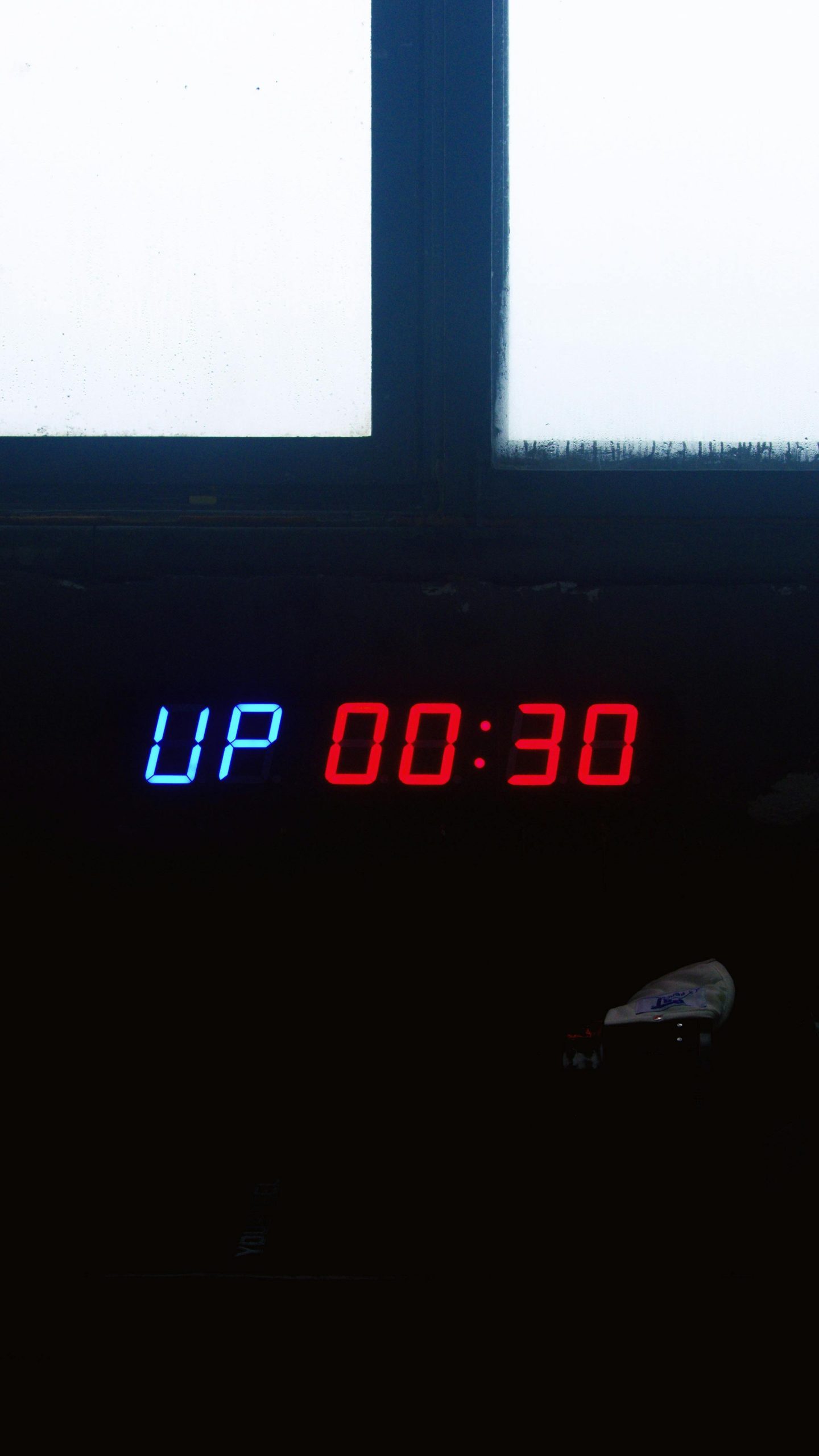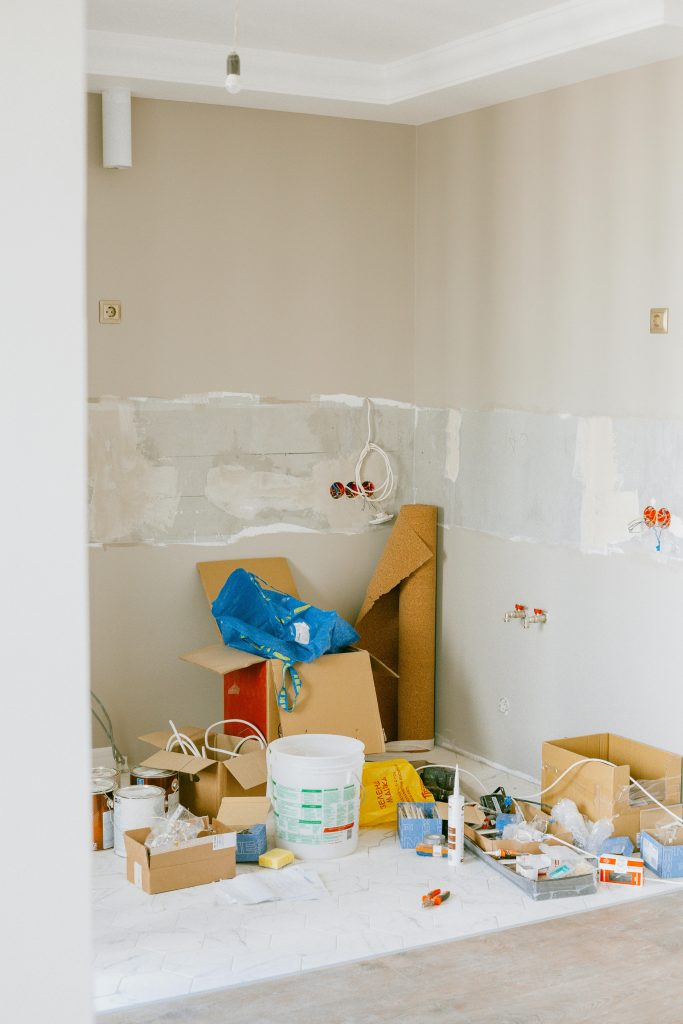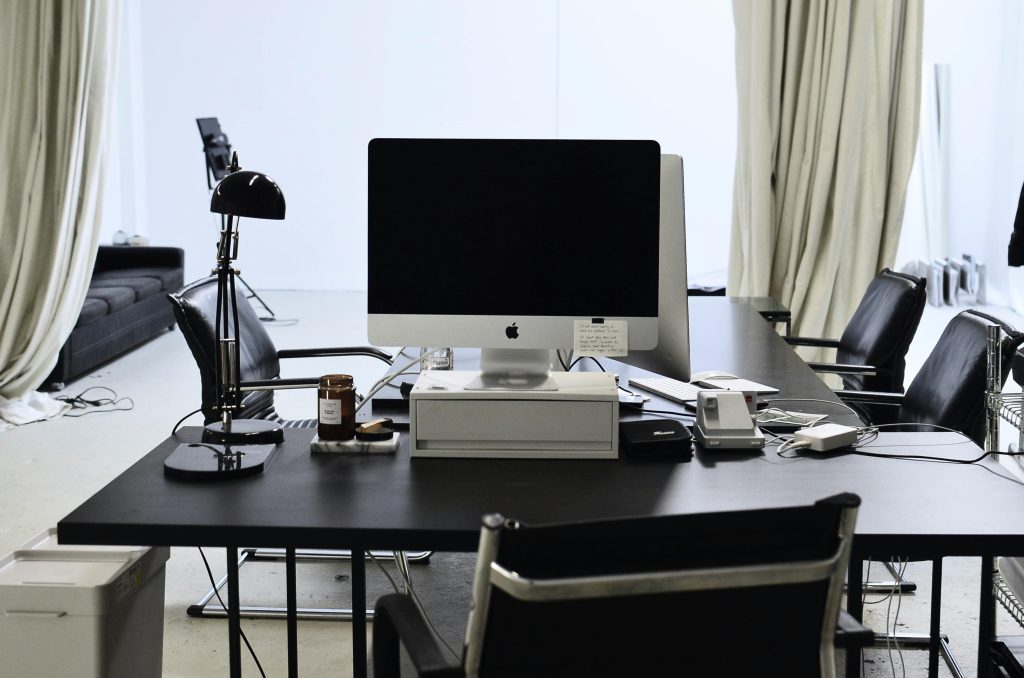Understanding and Troubleshooting Unusual Windows 10 Freezing When Not Running a Game
Introduction
Encountering persistent system issues can be both confusing and frustrating, especially when the symptoms seem counterintuitive. One such peculiar problem involves a Windows 10 (Version 22H2) PC that freezes shortly after startup unless a game is actively running in the background. This article aims to analyze this phenomenon and guide you through effective troubleshooting steps to identify and resolve the root cause.
System Specifications
- Operating System: Windows 10 (Version 22H2)
- Processor: AMD Ryzen 9 5900X 12-Core @ 3.70 GHz
- Graphics Card: NVIDIA GeForce RTX 3070 Ti with 8 GB VRAM
- Motherboard: MSI MEG B550 UNIFY
Symptom Overview
The core issue is that the system operates normally only when a game is actively running. Without a game launched, the system begins to freeze within a minute of startup. Interestingly, launching a game like Baldur’s Gate 3—initially for startup and then minimized to the desktop—prevents the system from freezing, indicating a possible correlation between certain system states and stability.
Additional observations include the fact that smaller or less demanding games such as Balatro do not trigger this behavior. The user initially started experiencing this issue after integrating hardware components received from a friend—specifically, a new motherboard, CPU, and GPU—into an existing build.
Troubleshooting Efforts Undertaken
The user has already performed several diagnostic steps, including:
- Reinstalling Windows multiple times
- Updating motherboard and GPU drivers
- Replacing the original HDD with a new PCIe SSD for faster and more reliable storage
- Upgrading the power supply to accommodate increased system demands
- Swapping RAM modules with known-good memory from a previous build
Despite these efforts, the problem persists, with the system only stable when a game is running.
Potential Causes and Recommendations
While the symptoms are unusual, considering the hardware modifications and observed behaviors, several factors could contribute:
-
Driver or Software Conflicts:
Ensure all drivers—particularly chipset, motherboard, and GPU—are up to date. Use official sources rather than bundled or third-party drivers. -
Power Supply or Power Delivery Issues:
Although the power supply has been upgraded, verify that it provides stable power and all connections are secure. -
Motherboard or BIOS Configuration:
Share this content:



